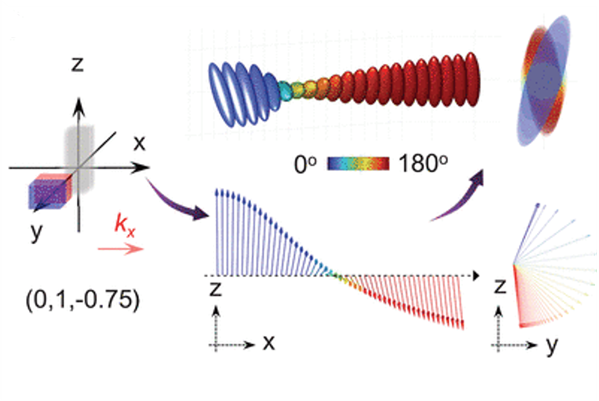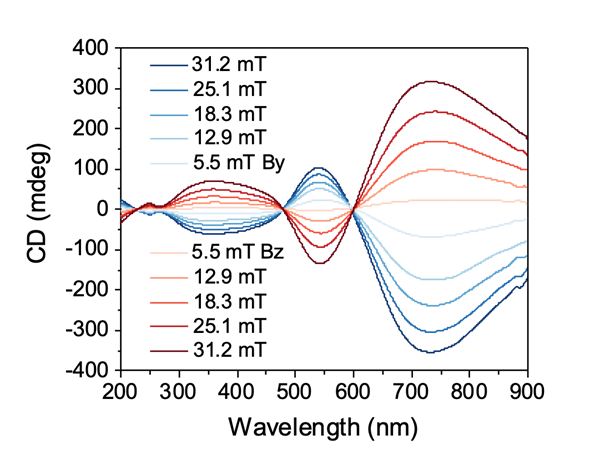A General Magnetic Assembly Approach To Chiral Superstructures At All Scales
Patent Status
Patent Pending
Full Description
Background
Chirality is a property where an object cannot be superimposed on its mirror image. Chiral superstructures, especially, those made from plasmonic nanoparticles possess unique optical properties. Controlling the collective orientation of these chiral structures remains challenging for optimizing chiroptical performance. Existing strategies like templated assemblies and chiral superlattice formation are limited to materials with specific compositions and morphologies within a narrow size range.
Innovation
Prof. Yadong Yin and his team have introduced a novel method for assembling materials of various compositions and sizes (from molecules to microstructures) into chiral superstructures. This is achieved by utilizing the chiral quadrupole field generated by permanent magnets, which overcomes limitations of previous methods like templated assembly and lithography. Using the magnetic field of a permanent magnet, the team can actively tune the structural handedness, collective orientation and the chiroptical properties.
Images

Schematic illustration of the magnetic assembly during chiral dichroism (CD) measurement and simulated helical superstructures assembled from magnetic nanorods under such a chiral magnetic field.

CD spectra of the magnetic/plasmonic hybrid nanorods assembled under magnetic fields with varying direction and strength.
Value Proposition
Broad material compatibility - A general approach to assemble chiral superstructures with the ability to transfer chirality to organic molecules, polymers, oxides and semiconductors.
Control over chirality - By manipulating the position and orientation of the magnets, researchers can precisely control the handedness, chirality, and pitch of the assembled superstructures.
Versatility - It can be used to assemble a wide range of materials, from small molecules to larger nano- and micro-structures.
Tunability - The handedness and chiroptical properties of the assembled superstructures can be actively tuned by adjusting the magnet's position and orientation.
Simplicity and speed - The magnetic assembly process is rapid and reversible.
Applications
Potential applications of this technology, include:
- Electrical and optical sensors
- Chiroptical devices
Inventor Information
- Please read the recent press coverage about this invention.
- Please visit Prof. Yadong Yin's research group website to learn more about their research.
- Please review all inventions by Prof. Yadong Yin and his team at UCR.
Related Materials
Contact
- Venkata S. Krishnamurty
- venkata.krishnamurty@ucr.edu
- tel: View Phone Number.
Other Information
Keywords
Magnetic assembly, responsive chiral superstrucures, dynamic color switching, colloidal assembly, chiral responses, optical rotary dispersion
